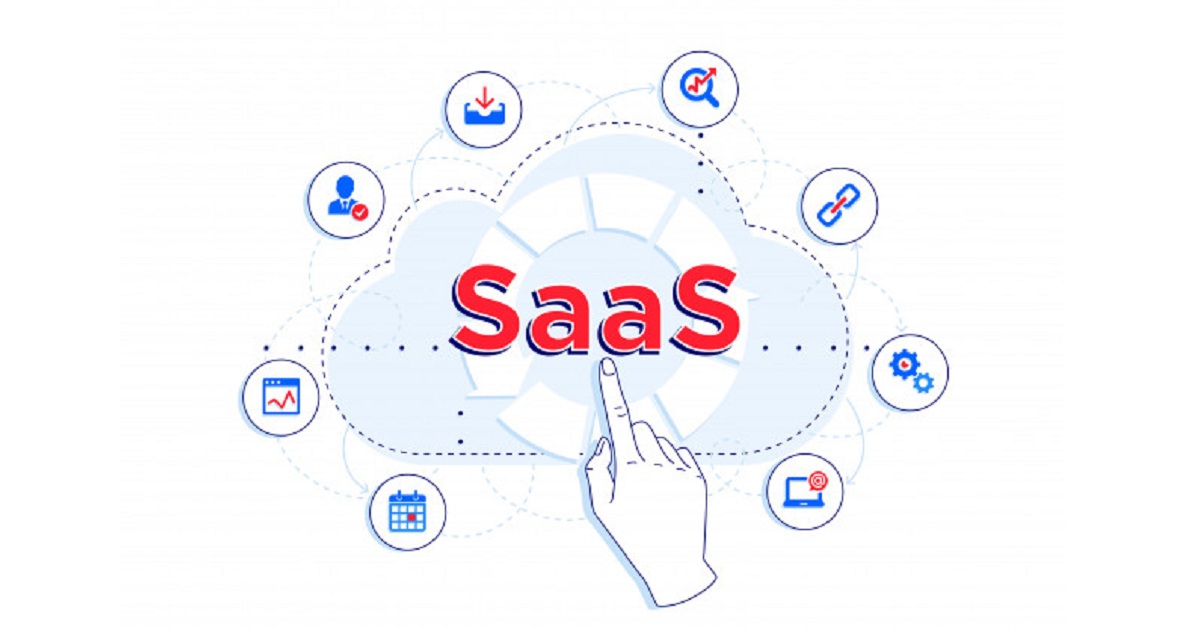
Account Based Analytics
Article | August 3, 2022
Account-based marketing in healthcare helps marketers reach institutional decision-makers based on intent and target accounts. However, ABM becomes a bit more complex in the healthcare domain where the needs, regulations, and procurement processes vary widely, and so do the ways healthcare providers communicate. For an ABM strategy to work in this domain, effort, time, tailored content, and deep customer insights are necessary.
ABM Strategy in Healthcare
Here are the co-ordinated steps you need to take to implement ABM in the healthcare domain:
Getting Buy-in
Get buy-in from sponsors at the highest level and coordinate with functional stakeholders. Create client-centric teams and decide on KPIs that matter.
Identify Key Accounts
With the help of sales representatives and relationship managers, identify key HCP accounts that can benefit from your ABM strategy.
Conduct Extensive Research
Deep-dive into research on these key accounts, their history, buyer journeys with you. Find out their current and future needs and issues, and their status within the market.
Tailor Your Content
The research will help you tailor the content for your content marketing strategy. Address the decision-makers with content that solves their pressing issues to get the conversions you want.
Analyze & Adjust the Strategy
Analyze campaign results from time to time (preferably quarterly). Based on your identified KPIs, check what is working and what isn’t bringing the expected results. Adjust your strategy accordingly.
What to Expect from ABM in Healthcare?
Salesforce recently conducted research among healthcare marketing professionals. The results showed that 70% believed connected customer journeys positively impacted client loyalty and willingness to recommend products to others. So, ABM could be a great way to increase your revenue and get a higher ROI as compared to any other marketing strategy.
Read More

Buyer Intent Data
Article | September 11, 2023
If you’ve been keeping up with new terms in B2B marketing, by now you’ve likely heard of account-based marketing (ABM). The term itself has been around for years, but with recent advances in technology, this tactic is now being adopted at a much larger scale than ever before. Still, surprisingly, I find that many B2B marketers are in the dark when it comes to ABM. So here’s a quick look into the future of B2B enterprise marketing, and why I think account-based marketing will be one of the biggest revenue drivers for B2B businesses in the very near future.
Read More

Core ABM
Article | June 20, 2023
Many businesses employ Software-as-a-Service (SaaS) for its flexibility and simplicity to fulfill their marketing requirements. Different types of SaaS marketing platforms help companies simplify their marketing needs. But growing a SaaS company isn’t easy. It is quite challenging because the industry is flooded with competition. Research had predicted very early on that 73% of the companies would turn all their apps into SaaS by 2021, making SaaS competition fiercer than ever. Marketeers eye for consumers’ already limited attention spans in B2B and B2C spaces.
Read More

Account Based Analytics
Article | June 14, 2022
Data-driven strategies for increasing time to market, pipeline, and revenue impact.
The B2B environment is incredibly complex, so it’s no surprise that more than three-quarters of B2B buyers describe their purchasing journey as very complex or challenging. A significant majority (67%) of the B2B buyer’s journey happens digitally, but B2B buying does not play out in any predictable, linear order. Unfortunately, much of today’s ABM technology lacks the capabilities required to provide personalized experiences across multiple channels, platforms, buying centers, geographies, and lines of business. This puts the target account into an undesirable linear campaign and assumes all accounts progress through the funnel at the same speed.
Instead, customers engage in “looping” behaviors during a typical B2B purchase, revisiting multiple buying stages at least once. Buying stages do not happen sequentially but rather simultaneously. This means that ABM success depends not only on a deep understanding of its audience’s needs but also on precisely orchestrating the delivery of the right message in the right channel at the right time - and on a global scale.
In the face of these complexities, ABM is rapidly maturing as a practice. New research shows that almost half (45%) of companies consider their ABM programs to be fully adopted versus experimental – up a third compared with 2020. But even as ABM programs mature, the headwinds of change are accelerating, leaving more than two-thirds of ABM marketers thwarted in their mission to drive significant revenue impact.
B2B marketers must contend with and overcome a slew of challenges that can feel beyond their immediate control. A recent study by Demand Metric and MRP found that more than three-quarters of marketers’ report that the pace of their campaigns has intensified over the past year. That percentage is higher still, at 83%, at enterprise companies that operate with high levels of complexity on a global scale. Four in ten marketers report that changing account profiles poses a challenge, as does the emergence of new channels and demand for new content formats.
Responsive buyer experiences and relevant content across channels have always been the top criteria for mature, high-performing, omnichannel account-based orchestrations. But much of today’s conversation revolves around linear, top-down campaigns, where the target account is placed in a marketing or sales play, operating within a siloed platform throughout the buyer’s journey. The result is often antithetical to the desired buyer “experience.” Addressing this reality requires rethinking how marketers engage with accounts.
The most mature account-based orchestrations are adaptive, understanding a target’s changing needs, aligning content to those desires, and delivering personalized experiences consistently across multiple channels. This demands a new approach to data management, better use of intent and predictive insights, and fully synchronized orchestration.
To make meaningful connections with prospects and customers amidst these changes, enterprise marketers are evolving their ABM initiatives to focus on highly personalized experiences tailored to the account level and individual locations and buyer roles. Increasingly, ABM leaders employ a set of principles and processes that are consistent from company to company – giving others a blueprint for success. The most critical steps for marketers to achieve significant results with their ABM programs include:
Collaborate Closely Across the Organization
Enterprise marketers must share insights widely across interdisciplinary teams. This allows campaigns to be coordinated across shared accounts. A study of top ABM performers found that nine in ten reported close cross-functional collaborations between marketing and sales. ABM leaders need to establish a standardized measurement framework so everyone is working toward the same goals and success.
Establish a Single Source of Truth
Not only are ABM leaders’ teams highly integrated, but so is their data. A single view of data allows for a deeper understanding of audience needs and improves collaboration. Eight out of ten (80%) top performers use data from three or more systems to guide their ABM practice, and even more, 84%, say that their tech stack is mostly or completely integrated. This is more than double the number (30%) of those whose ABM impact was negative or couldn't be measured.
Deliver Messages Consistently - and Across Touchpoints
Successful ABM marketers can customize the buyer’s experience based on the specific product or solution under consideration and factor in their stage within the buying journey. Almost half of leading ABM practitioners (46%) go beyond personalizing messages by industry to adapt their messages to the recipient’s job role and stage of the customer lifecycle. Highly personalized content delivered at the right time is more critical than ever since customers often skip “steps” on the buying journey and require digital experiences to adapt accordingly.
Grasping at New Buzzwords Isn’t the Answer
Calling an initiative “ABX” instead of “ABM” doesn’t make it easier to execute successfully. In fact, in a rush to accelerate the delivery of 'account-based experiences', the platforms that support it have become a critical bottleneck, creating yet another siloed system. This not only adds to the complexity but also undermines the outcomes it is intended to improve.
Today’s B2B marketers face unprecedented challenges but the enterprise must approach ABM as a guiding strategy rather than a limited tactic. Synthesizing data across multiple sources, eliminating tech and people silos, and taking a collaborative approach to ABM can give marketers a deeper understanding of what target accounts need and where to deliver it. The right tech solutions can trigger omnichannel actions based on account insights, simplifying the complexity of ABM and executing mature, omnichannel orchestrations that have a measurable impact on revenue.
Read More